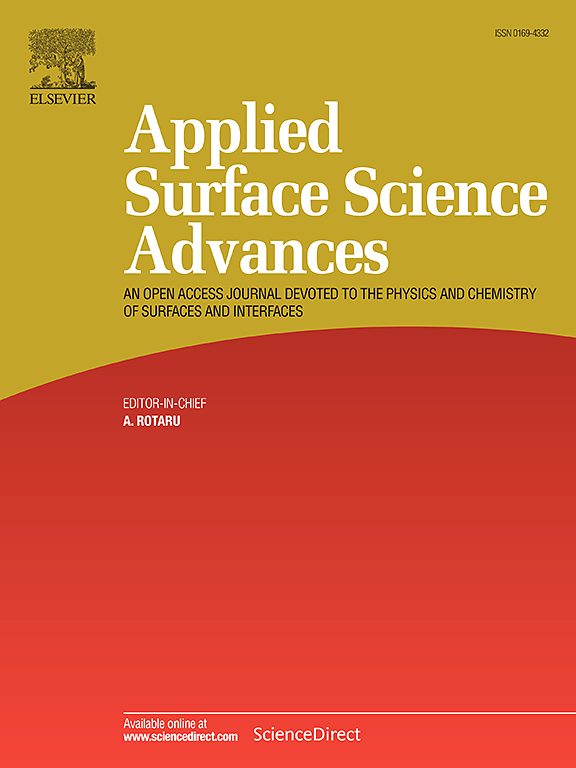Understanding the synergistic interactions between photo-Fenton and photocatalytic reactions in hemin-anchored SnO2
Abstract
Sensitization of wide-gap metal oxides by the porphyrins has been promising to utilize the major fraction of solar light for photocatalytic reactions. In this context, rutile-SnO2 was anchored with hemin complex and their performance was evaluated for the 4-nitro phenol (4-NP) degradation under UV/visible light. Driven by the significant interactions between -COOH and surface -OH functional groups of hemin and SnO2 respectively, a new linkage O=CO-Sn was formed at the interface, which was vital for charge carrier transfer between them. Both X-ray diffraction studies and scanning electron microscope analysis confirmed that the surface hemin adsorption did not alter the crystal structure and the morphology of pristine SnO2. The light absorption properties revealed a red shift in the optical response of the composite, which facilitated the photocatalytic reactions to operate under visible light. The electrochemical and photoluminescence measurements collectively attested to the enhanced charge carrier separation in the composite compared to pure SnO2. The synergism arising from the photo-Fenton and photocatalytic reactions was derived from the cyclic reactions of Fe(II)/Fe(III) and oxidation of hydroxyl radicals by the valence band holes of SnO2 with H2O2 under UV light. In contrast, the sensitization process resulted in electron transfer from the excited state of hemin to the conduction band (CB) of SnO2 under visible light. Such distinct mechanistic pathways by the metal oxide-porphyrin composite would be promising for wastewater purification under UV–visible light region in near future.

 求助内容:
求助内容: 应助结果提醒方式:
应助结果提醒方式:


